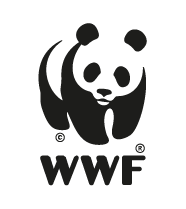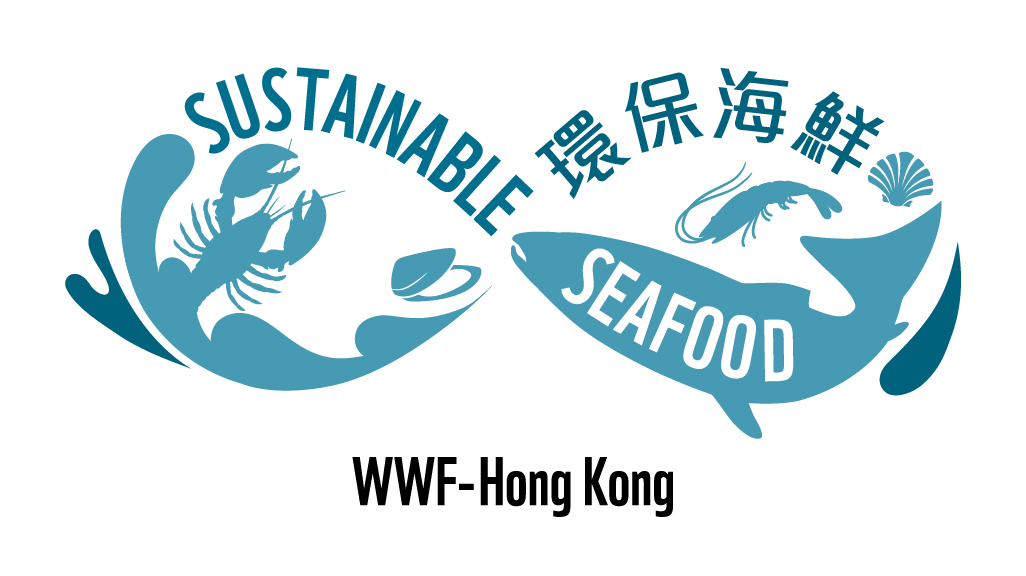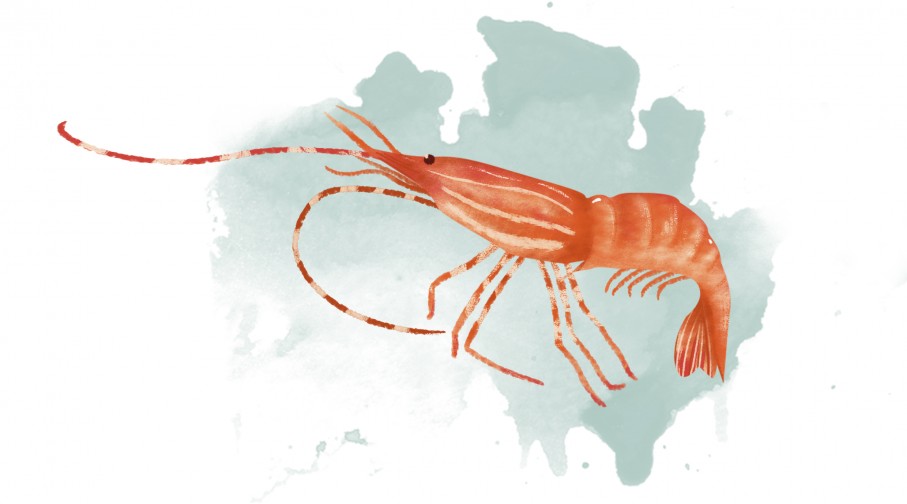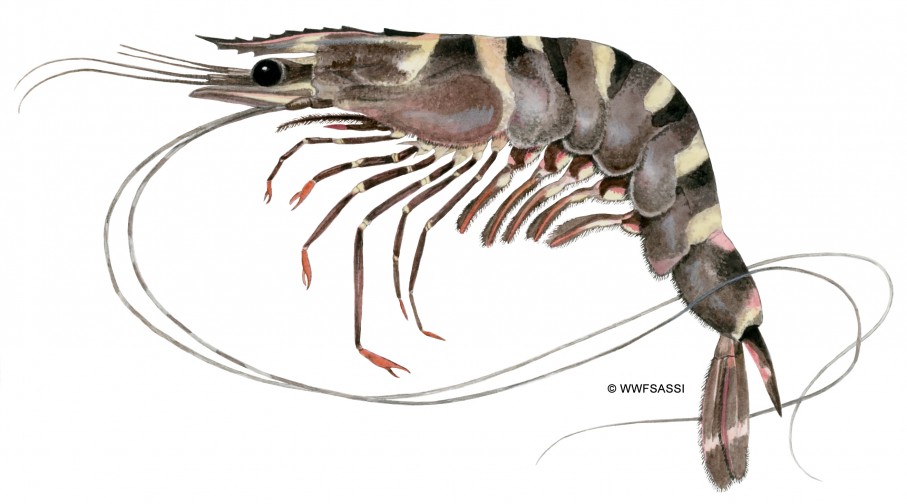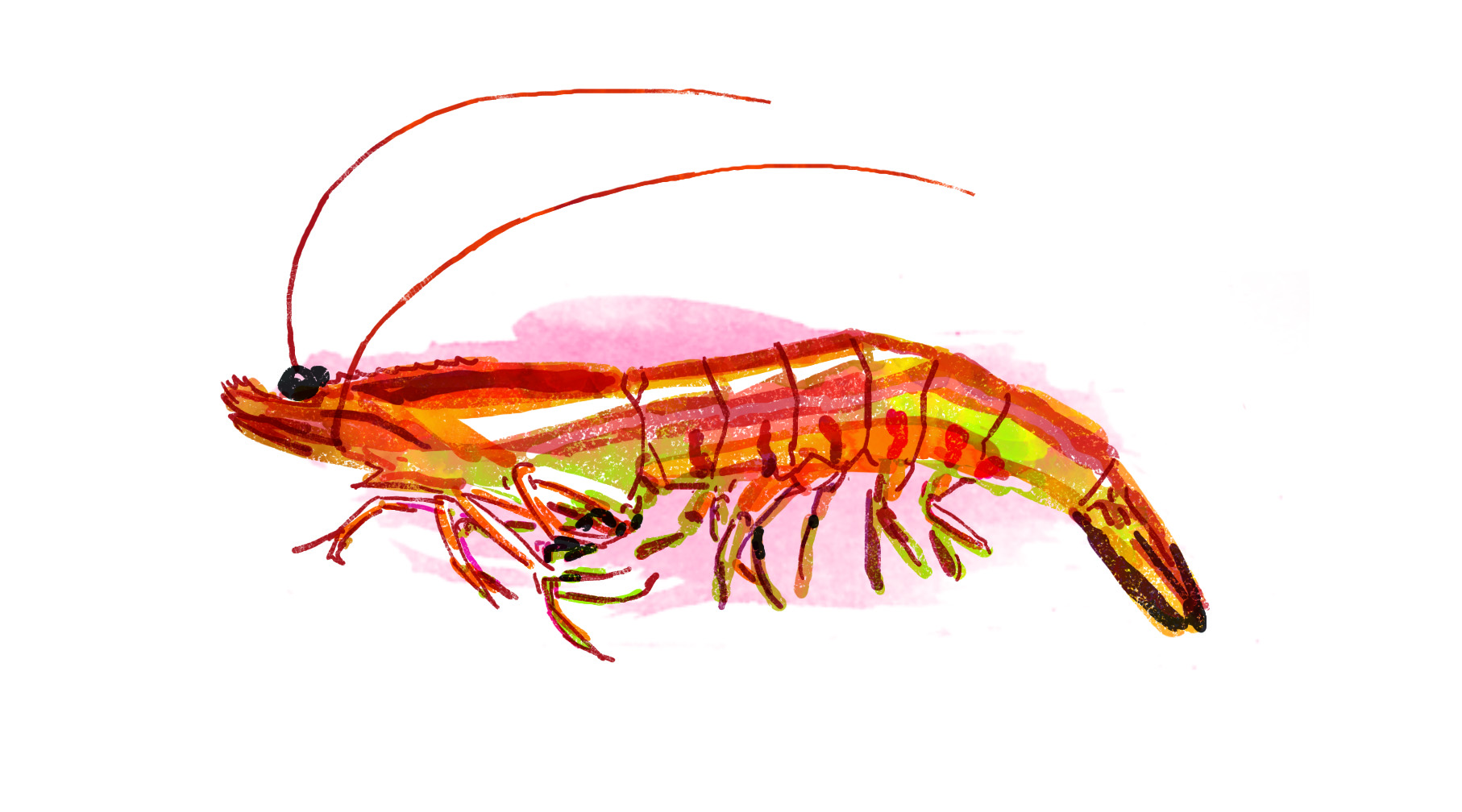
Hatchery-based
Manufactured pellet feed is used. The fish-in-fish-out ratio is low, meaning that low amounts of fish are used for feed to produce one kilogram of whiteleg shrimp. Both locally produced and imported manufactured feed are used in Thailand. While all major feed companies have sustainability policies in place, they have yet to reach their sustainability (and thus traceability) targets.
In general, intensive pond systems have a high waste discharge, which has a negative impact on the surrounding environment, as in Thailand’s case. There are alterations affecting various areas especially mangroves. The escape risk of whiteleg shrimp, which is not a native species to Thailand, is high and may negatively impact the surrounding wild species. Intensive farms are more conducive to disease because of crowding that put shrimp under stress. Thailand’s sector has been repeatedly affected by large-scale disease outbreaks. There is moderate environmental risk and impact by the use of chemicals.
The management covers many aspects, including strategic environmental planning, environmental impact assessment, protection of mangrove habitat, chemical control, etc. Wastewater discharge is monitored by the Ministry of Natural Resources and Environment (MoNRE). Thailand’s overall management is partly effective.
